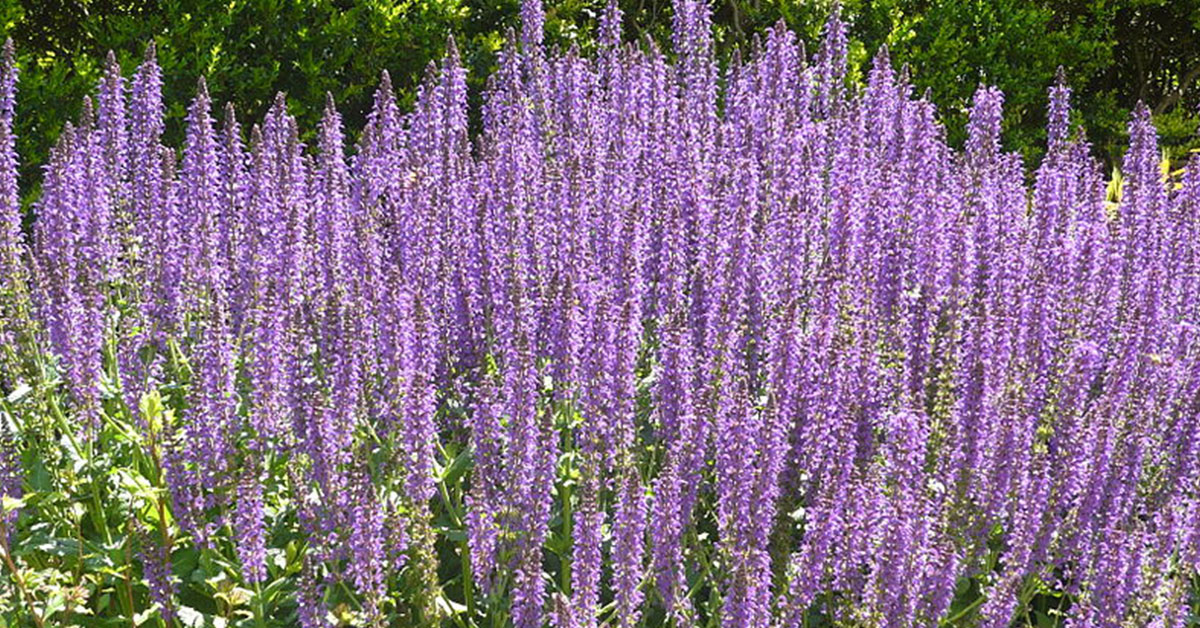Rain gardens are a fantastic way to manage stormwater runoff, reduce erosion, and create a beautiful, low-maintenance garden space. By selecting the right perennials, you can design a rain garden that not only handles water efficiently but also provides year-round interest with colorful blooms, textures, and structures. These plants are adapted to fluctuating water conditions, making them ideal for rain gardens.
I can’t tell you how rewarding it is to see a well-designed rain garden in full bloom. It’s not only functional but also a stunning addition to any landscape. If you’re looking to create a rain garden or enhance an existing one, these ten perennials are perfect choices. Let’s explore the wonderful world of rain garden perennials and how they can transform your outdoor space!
What is a Rain Garden?
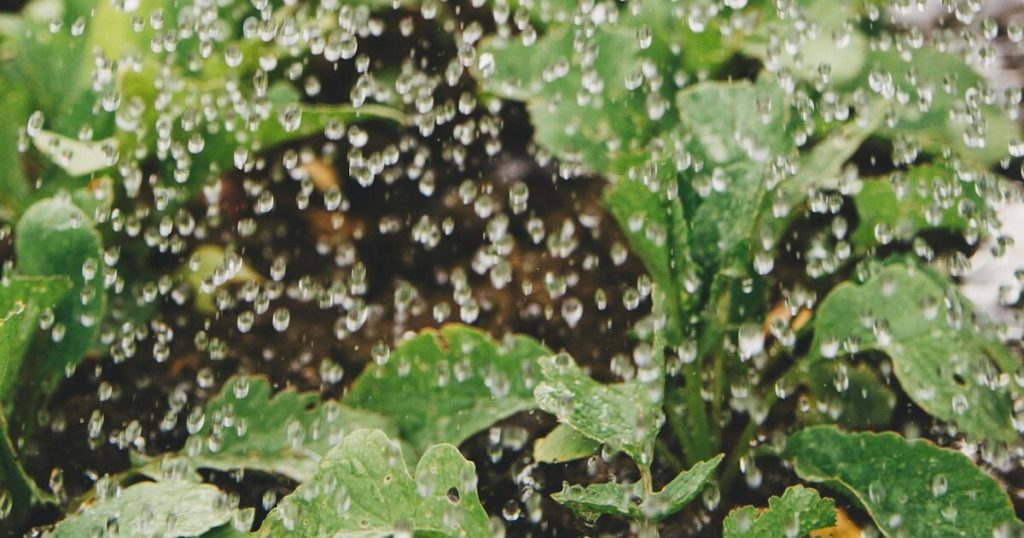
A rain garden is a specially designed garden that captures and absorbs rainwater runoff from roofs, driveways, and other impervious surfaces. It consists of a shallow depression planted with deep-rooted native plants and grasses that tolerate both wet and dry conditions. Rain gardens help reduce stormwater runoff, filter pollutants, and recharge groundwater, making them an environmentally friendly gardening option.
I love how rain gardens combine functionality with beauty. They can be designed to suit any landscape, from urban yards to rural properties. By incorporating a diverse selection of plants, rain gardens can attract beneficial wildlife, such as pollinators and birds, creating a vibrant, eco-friendly habitat.
Blue Flag Iris (Iris versicolor)
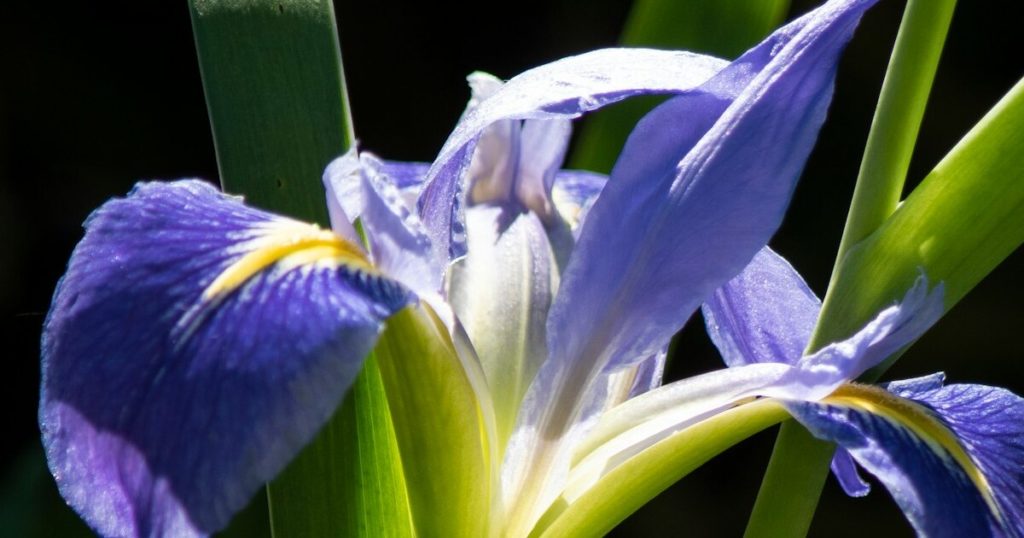
Blue Flag Iris is a stunning addition to any rain garden with its elegant, sword-like leaves and vibrant blue flowers. Blooming in late spring to early summer, this perennial thrives in wet conditions and can tolerate occasional flooding. It’s perfect for the center or lower areas of your rain garden where water tends to collect.
I love how Blue Flag Iris adds a touch of sophistication and color to my rain garden. Its beautiful blooms attract butterflies and hummingbirds, enhancing the ecological value of the garden. Plant it in full sun to partial shade, and enjoy its striking presence year after year.
Swamp Milkweed (Asclepias incarnata)

Swamp Milkweed is a must-have for rain gardens, especially if you’re interested in supporting monarch butterflies. This hardy perennial produces clusters of fragrant pink flowers in mid to late summer, attracting a variety of pollinators. It thrives in moist to wet soils, making it ideal for rain garden conditions.
I always make room for Swamp Milkweed in my garden because of its ecological importance. Not only does it provide nectar for adult butterflies, but it’s also a crucial host plant for monarch caterpillars. Plant Swamp Milkweed in a sunny spot, and enjoy the vibrant blooms and visiting wildlife.
Joe-Pye Weed (Eutrochium purpureum)
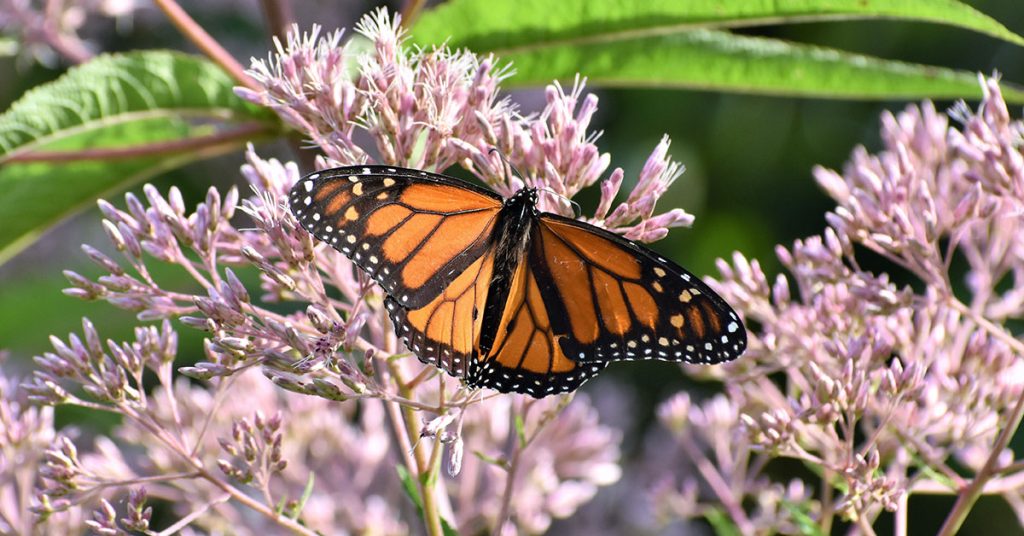
Joe-Pye Weed is a towering perennial that adds height and structure to your rain garden. With its large, domed clusters of pinkish-purple flowers, this plant blooms from mid-summer to early fall. It’s perfect for the back of your rain garden or as a focal point in the middle.
One of my favorite things about Joe-Pye Weed is how it attracts a myriad of pollinators, including bees and butterflies. This plant thrives in moist, well-drained soil and can handle periodic flooding. It’s a fantastic choice for adding both visual interest and ecological benefits to your rain garden.
Cardinal Flower (Lobelia cardinalis)
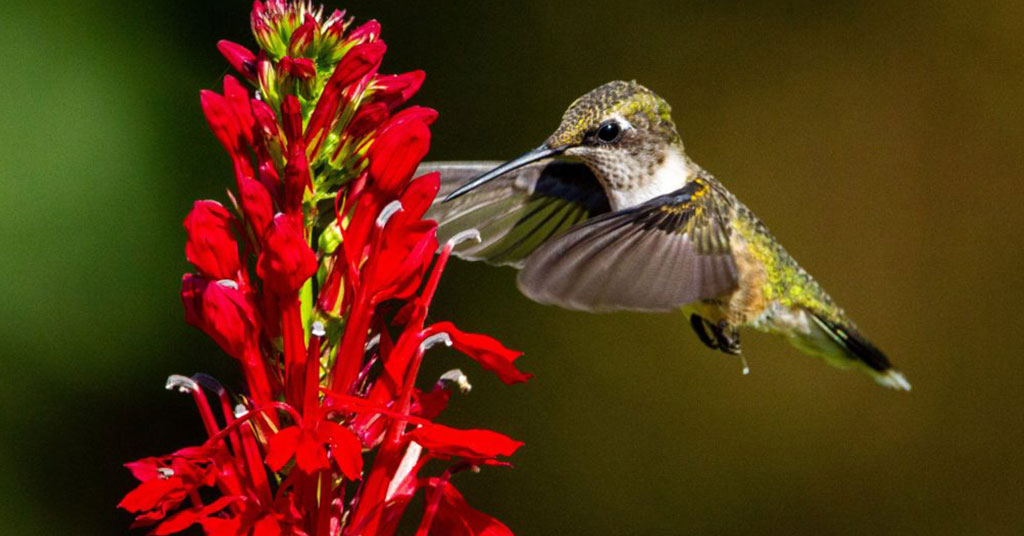
Cardinal Flower is a showstopper in any rain garden with its striking red blooms that attract hummingbirds and butterflies. Blooming from late summer to early fall, this perennial prefers moist to wet soils and can tolerate occasional standing water, making it perfect for rain gardens.
I adore the vibrant color Cardinal Flower adds to my garden. It thrives in full sun to partial shade and provides a much-needed splash of red during the late summer months. Plant it in your rain garden’s lower areas to enjoy its bold beauty and the flurry of pollinators it attracts.
Black-Eyed Susan (Rudbeckia fulgida)
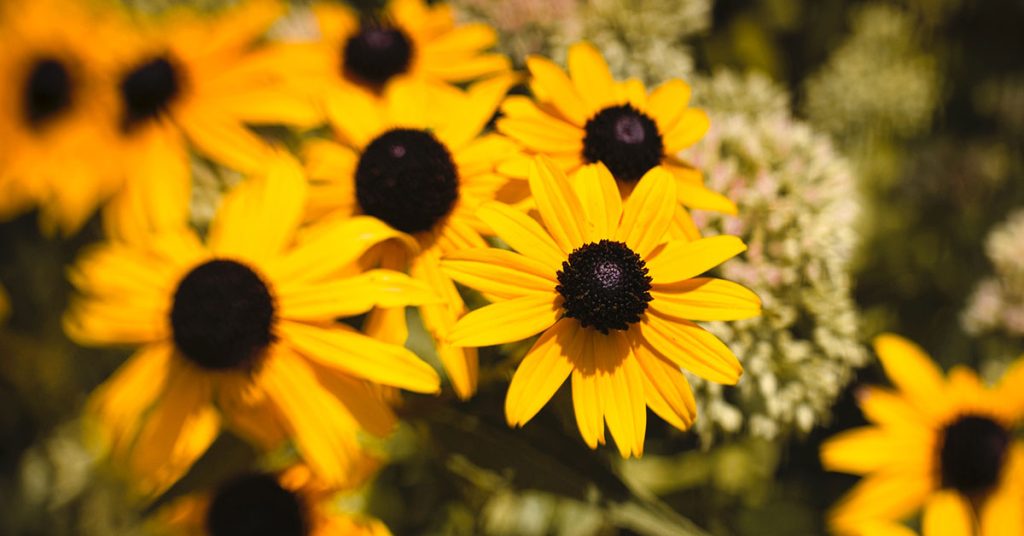
Black-Eyed Susan is a versatile perennial that brings a sunny disposition to your rain garden. With its bright yellow petals and dark centers, it blooms from mid-summer to fall. This plant tolerates a range of soil conditions, including wet sites, making it an excellent choice for rain gardens.
I love how easy Black-Eyed Susan is to grow and maintain. It’s drought-tolerant once established but can also handle the periodic wet conditions of a rain garden. Plant it in full sun for the best blooms, and enjoy its cheerful presence and ability to attract bees and butterflies.
Sneezeweed (Helenium autumnale)
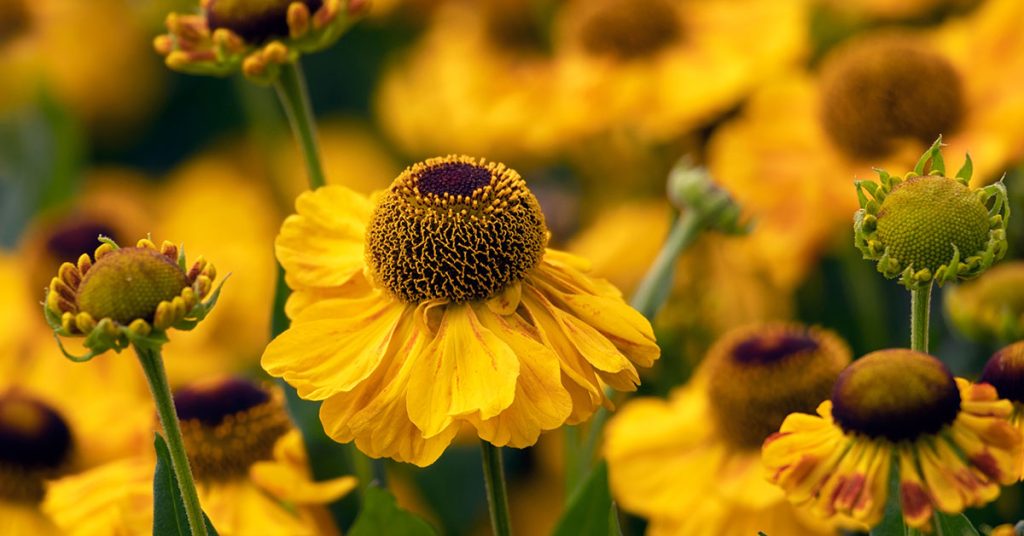
Sneezeweed is a robust perennial that adds vibrant late-season color to your rain garden. Its daisy-like flowers in shades of yellow, orange, and red bloom from late summer to fall. This plant thrives in moist soils and can tolerate seasonal flooding, making it a perfect addition to rain gardens.
One of the things I appreciate about Sneezeweed is its long blooming period. It provides a splash of color when many other perennials are fading. Plant it in full sun to enjoy its bright, cheerful flowers and the pollinators it attracts. Sneezeweed is a low-maintenance plant that delivers high-impact beauty.
Turtlehead (Chelone glabra)
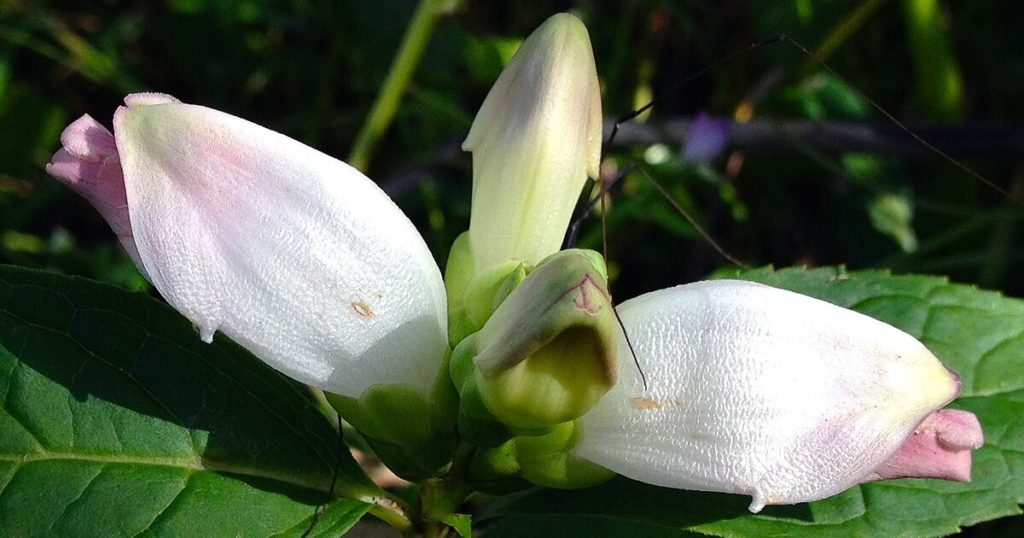
Turtlehead is a unique and eye-catching perennial that thrives in rain gardens. Its white, snapdragon-like flowers bloom from late summer to fall, adding interest when many other plants are winding down. Turtlehead prefers moist to wet soils and can handle occasional standing water.
I find Turtlehead’s unusual flowers fascinating and love how they add a touch of whimsy to my garden. This plant is also a favorite among bumblebees, making it an excellent choice for supporting pollinators. Plant Turtlehead in partial to full shade and enjoy its charming blooms and robust growth.
Culver’s Root (Veronicastrum virginicum)
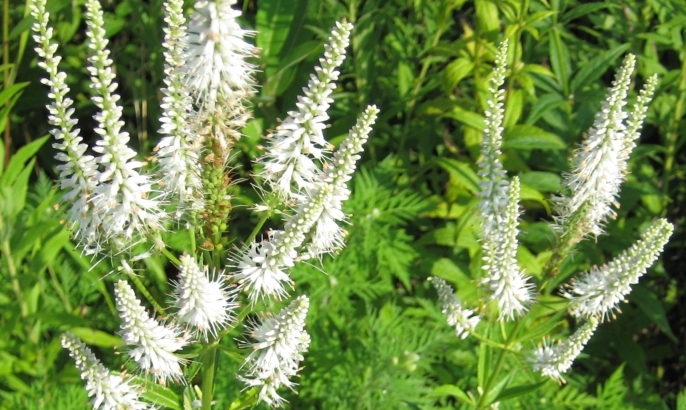
Culver’s Root is a tall, elegant perennial that brings vertical interest to your rain garden. Its slender spikes of white flowers bloom in mid to late summer, creating a striking visual effect. This plant thrives in moist to wet soils and can tolerate periodic flooding.
I love how Culver’s Root adds a touch of grace and structure to my garden. It’s a magnet for butterflies and bees, enhancing the ecological value of your rain garden. Plant it in full sun to partial shade for the best results, and enjoy its beautiful blooms and impressive stature.
Blue Vervain (Verbena hastata)
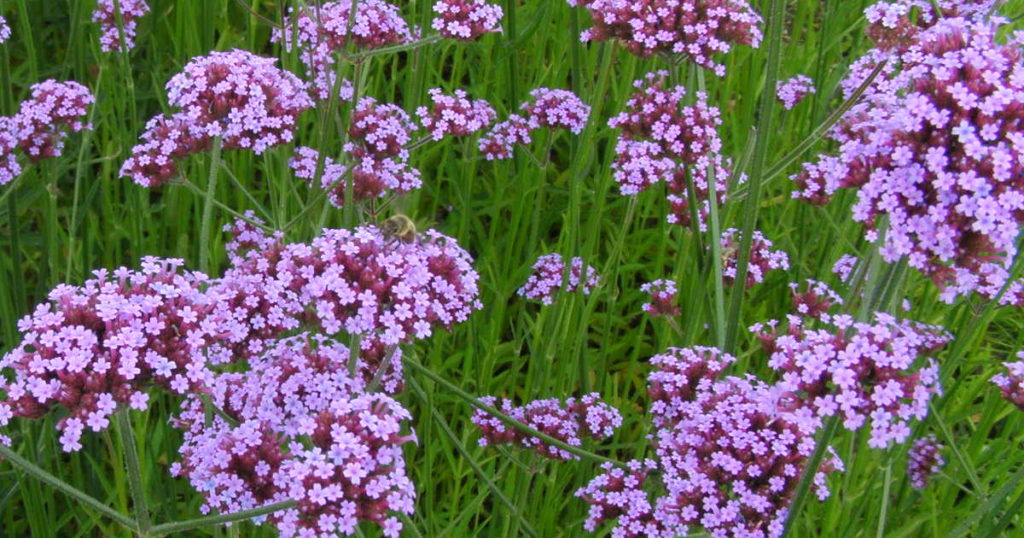
Blue Vervain is a hardy perennial that adds a splash of color to your rain garden with its tall spikes of purple-blue flowers. Blooming from mid-summer to early fall, this plant thrives in moist soils and can handle occasional standing water, making it ideal for rain gardens.
I appreciate how Blue Vervain attracts a variety of pollinators, including bees and butterflies. Its tall, slender spikes add height and visual interest, creating a dynamic landscape. Plant Blue Vervain in full sun to partial shade, and enjoy its vibrant presence and ecological benefits.
Marsh Marigold (Caltha palustris)
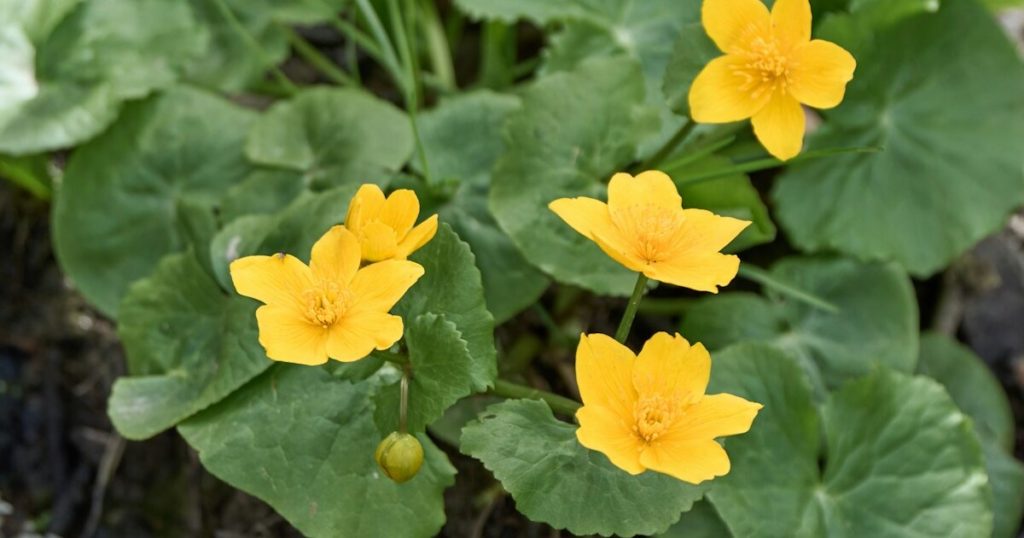
Marsh Marigold is a delightful perennial that brings early spring color to your rain garden. Its bright yellow, buttercup-like flowers bloom in early to mid-spring, adding a cheerful touch to the garden. This plant thrives in wet soils and can tolerate standing water, making it perfect for rain gardens.
I love how Marsh Marigold brightens up my garden after a long winter. It’s one of the first perennials to bloom, providing early nectar for pollinators. Plant it in full sun to partial shade, and enjoy its cheerful flowers and ability to thrive in moist conditions.
Creating a rain garden is a wonderful way to manage stormwater runoff, enhance your landscape, and support local wildlife. By choosing the right perennials, you can ensure your rain garden is both beautiful and functional. These ten perennials are perfect for rain gardens, offering vibrant blooms, ecological benefits, and the ability to thrive in fluctuating water conditions.












